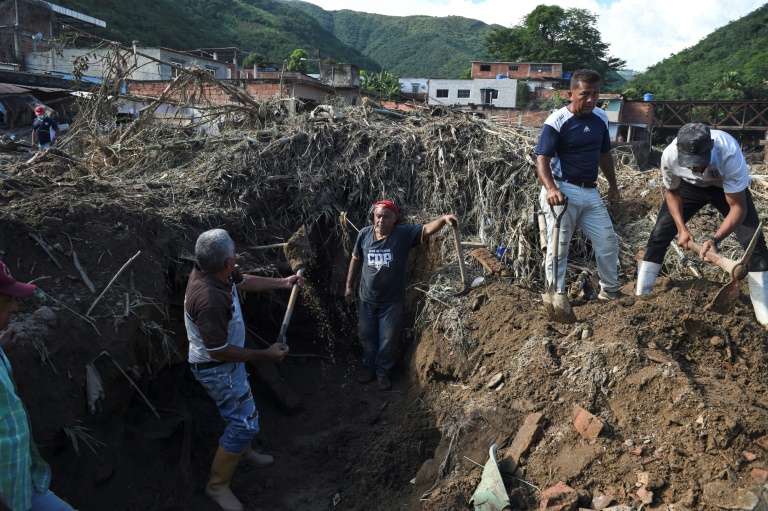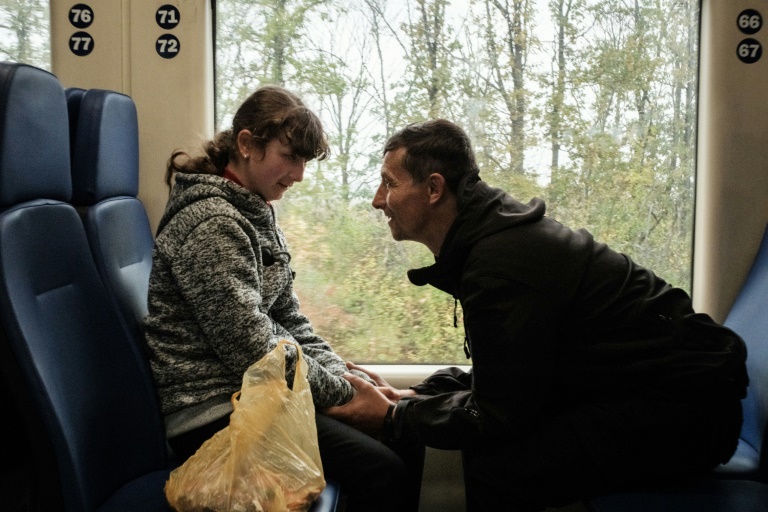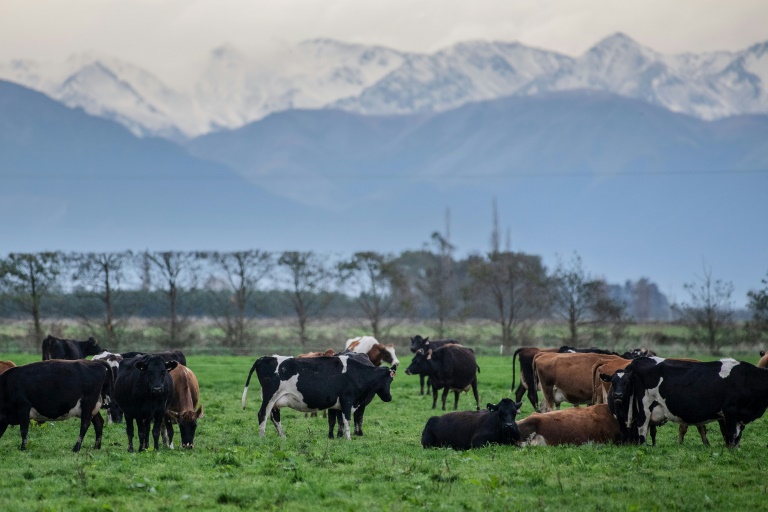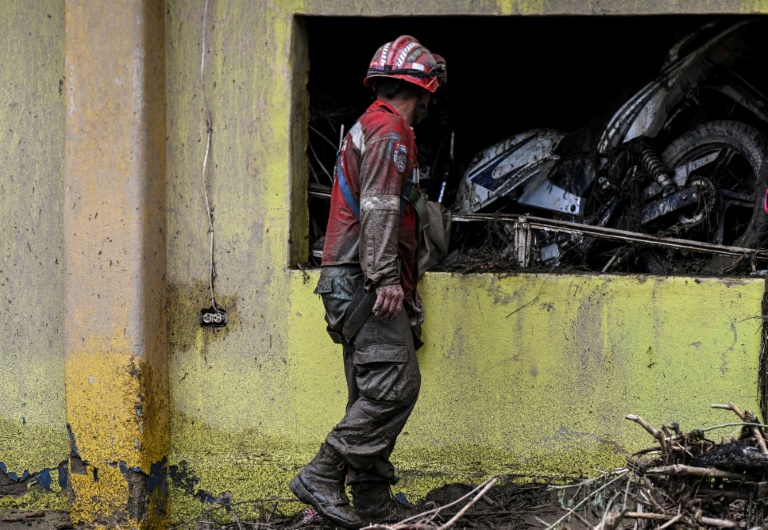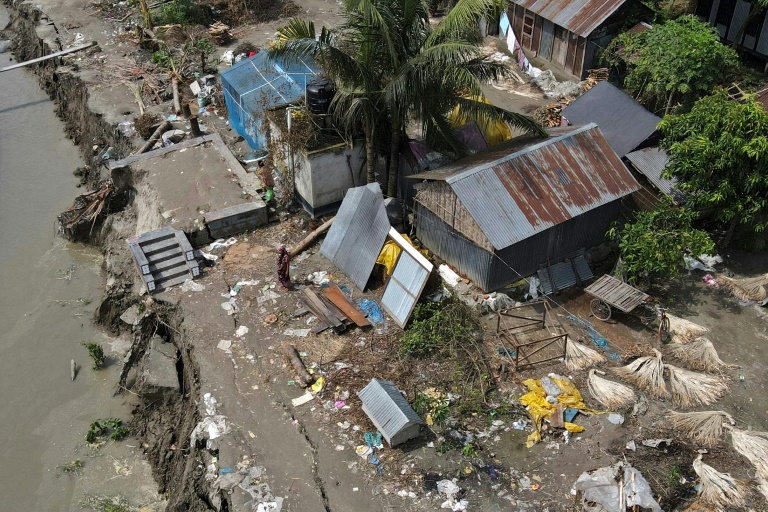Hope fading in search for Venezuela landslide survivors
Thirty-six people are confirmed to have died in the landslide
Hopes were fading Tuesday of finding alive any of the 56 people missing after a devastating landslide swept through a Venezuelan town with 36 confirmed deaths to date.
Neighbors and rescuers — some 3,000 police, soldiers and other professionals — were engaged in the ever-more desperate search among the fast-hardening mud, tree trunks and rocks dumped Saturday on the town of Las Tejerias.
Rescuers told AFP it would be “difficult” to find any survivors in the town some 50 kilometers (31 miles) from the capital Caracas.
“I don’t know whether to scream, I don’t know whether to run… whether to cry,” Nathalie Matos, 34, told AFP of the frustrating wait for news on the fate of her 65-year-old mother, who she had on the phone as the deluge came.
“She told me: ‘Daughter, I am drowning, the water got in, get me out, get me out… save me!” Matos recounted.
“I tried to call her back, she picked up, but there was just noise.”
A rescue team is at her mother’s mud-filled house.
“The dog gave signs here, in this area that was the living room and the kitchen,” said a firefighter, though all their digging so far had yielded nothing.
“I know she is there,” insisted Mato.
A few meters away, another team examined a piece of land where a house stood until Saturday, when Las Tejerias became the site of Venezuela’s worst natural disaster in decades.
Neighbors were helping to reconstruct what would have been the floor plan to get an idea of where to dig.
A civil protection official, who did not have permission to speak in an official capacity, told AFP most victims of the storm died after they were struck by tree trunks, large rocks or other objects swept along by the raging waters, others of hypothermia.
Unusually heavy rains caused a major river and several streams to overflow on Saturday, causing a torrent of mud that washed away cars, parts of homes, businesses and telephone wires, and felled massive trees.
According to Vice President Delcy Rodriguez, a month’s worth of rain fell in the area in just eight hours.
The government has declared three days of mourning.
– Town ‘will be reborn’ –
Experts say the storm was aggravated by the seasonal La Nina weather system gripping the region, as well as the effects of Hurricane Julia which also claimed at least 26 lives in Central America and caused extensive damage.
Crisis-hit Venezuela is no stranger to seasonal storms, but this was the worst so far this year following historic rain levels that caused dozens of deaths in recent months.
In 1999, about 10,000 people died in a massive landslide in the northern state of Vargas.
President Nicolas Maduro visited Las Tejerias on Monday, vowing to rebuild “each and every” home and business destroyed by the freak storm.
“We take with us the pain, the clamor, the despair, the tears of the people, but they must know that Las Tejerias will rise like the phoenix, Las Tejerias will be reborn,” he said.
According to Rodriguez, 317 homes were “completely destroyed” and 757 damaged by the mudslide.
The authorities have erected refuge centers in Maracay, the capital of the affected Aragua province, and announced the distribution of 300 tons of food.

